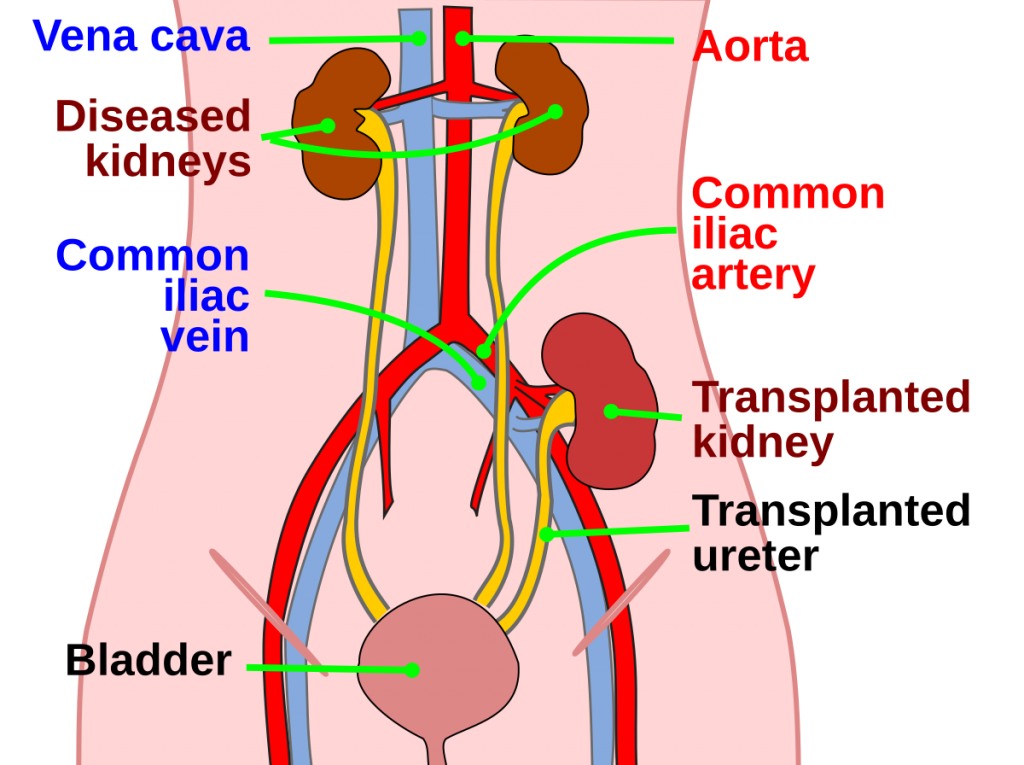Renal Transplantation
Renal Transplantation
For individuals with end-stage renal illness, renal transplantation (RT) is the therapy of choice (ESRD). Living or deceased donors can give kidneys, with deceased donors accounting for the bulk of renal transplants.
For individuals with end-stage renal illness, renal transplantation (RT) is the therapy of choice (ESRD).
Living or deceased donors can give kidneys, with deceased donors accounting for the bulk of renal transplants. Donation after Brainstem Death (DBD) or Donation after Circulatory Death (DCD) are two types of deceased donors (DCD).
Living-donor transplants account for up to 30% of all kidney transplants performed as laparoscopic donor nephrectomy, whether related or unrelated (rarely this is done as an open nephrectomy in modern practice).
DBD transplant patients have a one-year survival rate of about 97 percent, whereas living donor transplant recipients have a one-year survival rate of around 99 percent.

